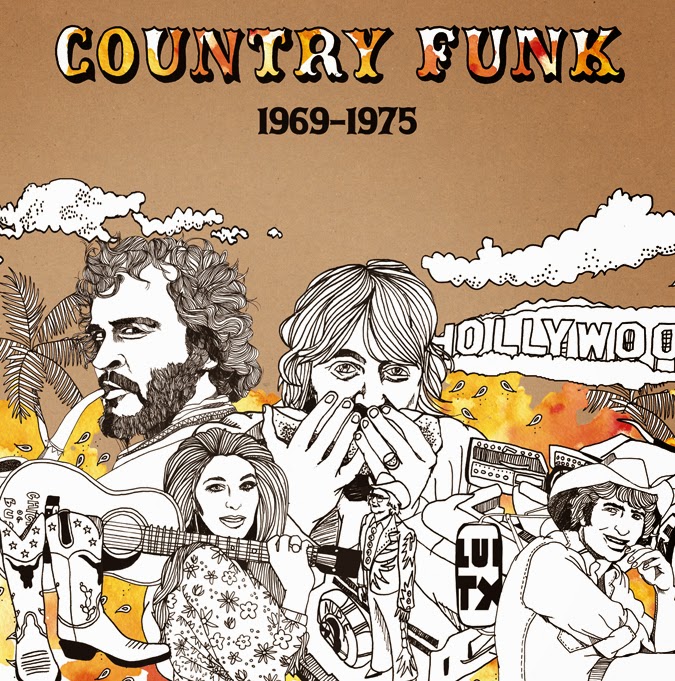American indie
pop singer-songwriter duo She & Him have gone down the covers route on
their latest studio offering Classics.
An album that features 13 covers of old standards, some which date back to the
1930s. The duo which is made up of guitarist and vocalist M Ward and vocalist
Zoey Deschanel have released a covers album before, 2011s “A Very She and Him
Christmas”. But I was very curious when I found out they were trying their
hands at old standards, songs which would have no doubt influenced the material
on their first two albums and the sweet pop melodies they have come to be known
for.
The sound
on this release is classic She & Him, excuse the pun and features a mix of
vintage pop, country, jazz, and folk. Lumped together She & Him’s sound has
often been described as indie pop, or indeed alt-folk. The instrumentation on
this album is quite simplistic despite the duo being backed by a 20-piece
orchestra, but it aids beautifully the tenderness of these old songs and the
melodic pop sensibilities which She & Him aim for. M Ward’s delicate
country jazz guitar playing shines throughout and is a standout feature on the
album, while Zoey’s sweet melodic vocals are gorgeous as always, adding in many
respects an authentic touch to proceedings. The orchestral arrangements do a
fantastic job in complementing the main vocal track without being overbearing
in any way, with the subtle strings and horns moving between a jazz and pop
style to delicately support the centre piece of the tracks and that is Zoe’s voice
and M Ward’s guitar. The horns in particular are a highlight and give the
recordings a vintage feel, making them sound like they could have been recorded
when the originals were.
As for
the tracks themselves, well the album kicks off with a cover of the old jazz standard
“Stars Fell on Alabama” which the duo turn into a nice duet all be it low-key.
Thing pick up a bit on the Goffin and King track “Oh No, Not My Baby”, which is
one of the album’s standout tracks with its shuffling guitar and drum track and
Zoe’s sweet vocal flourishes, and a sweet melodic interpretation of “It’s Not
for Me to Say”. This great start to the album continues with a stellar cover of
the Dusty Springfield track “Stay Awhile”, one of the more up-tempo tracks on
the record. This rendition has a country-pop vibe to it sounding completely
different from the Wall of Sound-like original and features some cool rockabilly
guitar playing from M Ward. Next up is the classic Bacharach and David track “This
Girl’s in Love with You” of which the duo do a very understated and melodic
take on. The instrumental track is a standout on this one, with a very delicate
orchestral performance, trombone solo and yet more fantastic jazz playing from
M Ward. The first half of the album then comes to an end with a beautiful duet,
Frank Sinatra’s “Time After Time” and an absolutely stunning “She” which M Ward
take the lead vocal on. A midst a wonderful jazz arrangement that includes some
splendid trumpet playing, I would say M Ward steals the limelight off Zoey with
this rare solo vocal performance in what is arguably the cornerstone of the
album. Moving into the second half of the record, things kick off positively with
a very jazzy “Teach Me Tonight” in what contains a bubbly Deschanel vocal,
before the album then begins to labour a bit with “It’s Always You” and a very disappointing
version of the classic track “Unchained Melody”. Thankfully, the album does not
end this way, and concludes with some solid renditions of “I’ll Never Be Free”,
“Would You Like to Take a Walk” and the war-time standard “We’ll Meet Again”. A
rendition which has a nice folk vibe to it.
All in
all I think the duo to a more than adequate job in their take on these old
standards. Zoe’s vocals shine through as they always do, but it is M Ward who
steals the show on here, more so than on other She & Him records. His
guitar playing is nothing short of brilliant as he moves between jazz, folk,
country and rockabilly, while he also has more of a role vocally on this album,
something which culminates in his fantastic vocal performance on “She”. There
is nothing new, or indeed unusual sound-wise on here, although the added
dimension of an orchestra spices things up a bit and the fact they recorded
live with the orchestra does make things quite interesting as a listener in
terms of hearing how the vocals and guitar fit in and combine with the other
instruments. Classics is a solid job
by this unlikely combination and puts an indie pop/alt-folk slant on some very
old, but classic songs.
A-
- Sam
















